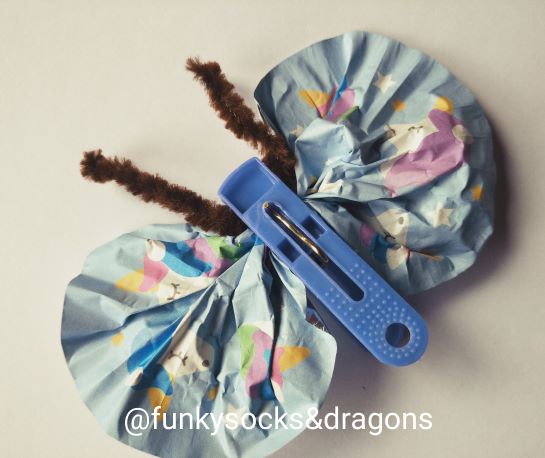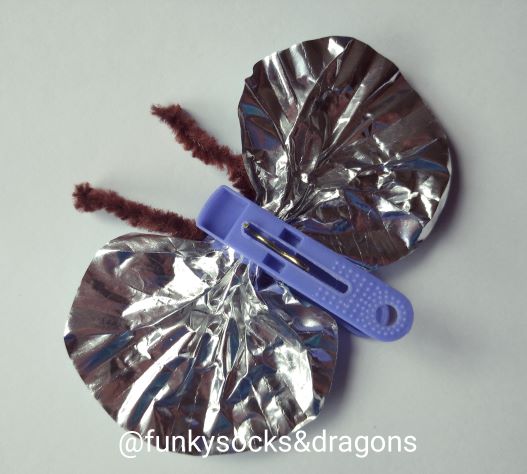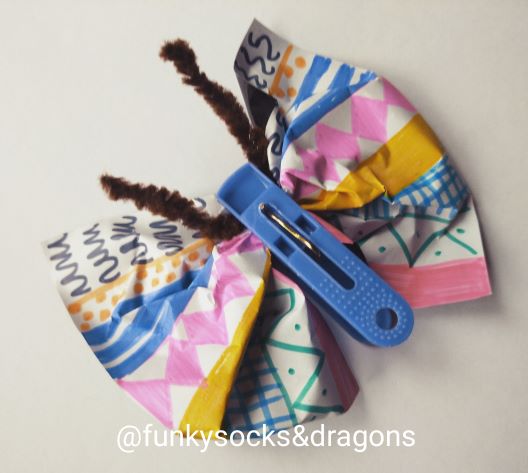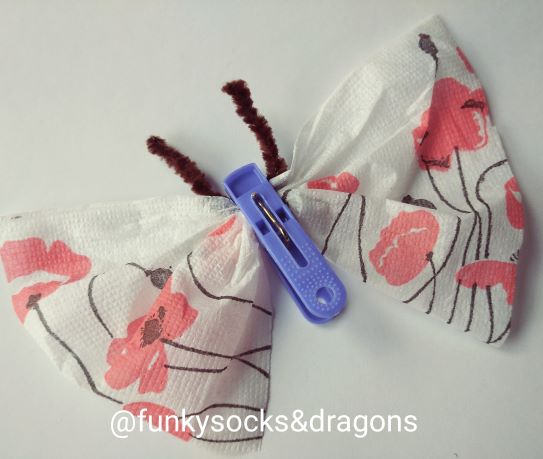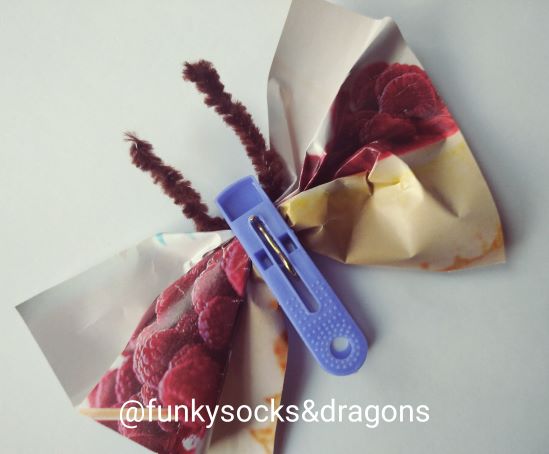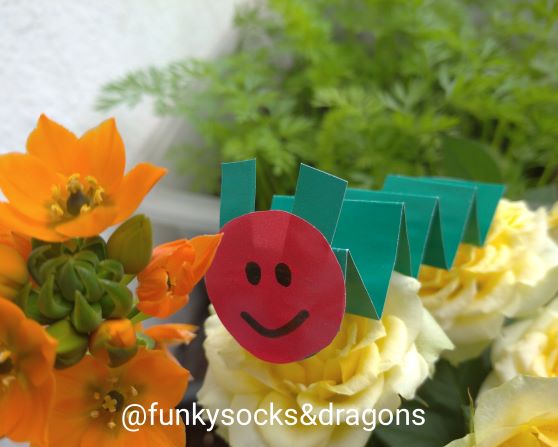
Despite the fact that there are piles and piles of amazingly beautiful craft ideas for the caterpillar – butterfly lessons, such as https://www.k4craft.com/paper-caterpillar-craft-for-kids/, https://www.firstpalette.com/craft/cupcake-liner-butterflies.html or https://www.craftymorning.com/cupcake-liner-clothespin-butterfly-craft/, I have decided to design my own in order to comply with W.O.R.L.D principles aka my own acronym for craft activities (you can find it here)
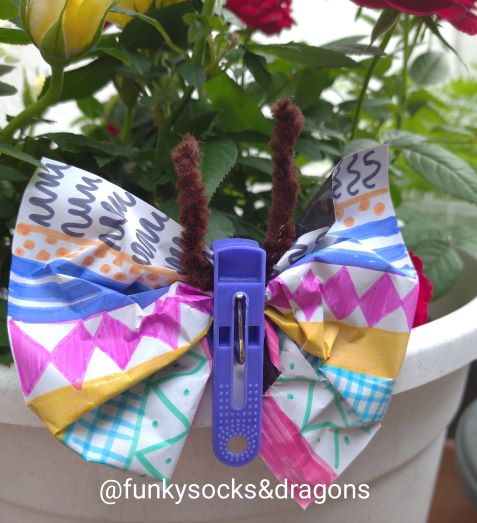
W is for ‘Why?’
With this particular craft, the making of is only the introductory stage, namely the activity in which we are use the final product to generate even more language.
O is ‘On their own?’
I wanted something that my little students will be able to work on and complete on their own, with as little of my involvement as possible. Partially it is connected to the fact that we are developing learner autonomy, also in the EFL classroom, partially due to the fact that with six or eight children in the group, a craft activity can quickly turn into a nightmare experience if the teacher is required to help make eight caterpillars at the same time. The caterpillar still looks very caterpillary and sweet even if the folds are not very neat or even. The butterfly can be squeezed into the peg by even very young hands without much damage to its beauty.
R for ‘Recycle’
Most caterpillars and butterflies will most likely be taken home because it is not always easy to convince the little kids to leave their precious creations behind, in the classroom, at night, all by themselves, but as long as there is at least one caterpillar and one butterfly left (teacher’s), they can be invited to participate in all the class activities over and over again, with different topics, vocabulary and structures. Not all of us have the luxury of having a teacher assistant in the classroom but the caterpillar and the butterfly can play the part – model the activity, get involved in classroom management, give instructions and so on.
L is for ‘Language‘
No matter how much fun we have making something in class, first and foremost, a craft activity is an opportunity to use the target language, either while producing something or while playing with it.
This particular buttefly and this particular caterpillar were used in different lessons. We used it to retell the story of the most renown hungry caterillar from Eric Carle’s story, we used it to talk about a lesser known caterpillar sleeping through different weather days only to wake up as a butterfly (Playway to English 1 by CUP, Activity Book, page 37) as well as six caterpillars wreaking havoc in Mr Smith’s garden (Playway to English 3 by CUP, Student’s Book, page 54 – 55). The same duo accompanied me in a few spring lessons, accompanied by the great song from Kids TV 123 ‘In the garden‘ while we were practising the structure ‘I can see’ as well as the Science lessons on the butterfly life cycle.
D is for DURATION
I have used the same craft activity with my three year-olds and with my six year-olds and with everyone in-between, with only slight adaptations. This particular caterpillar and this particular butterfly are expected to take about 7 minutes of the lesson time and are made on two separate occasions in order to facilitate staging and classroom management.
The tissue paper version is more 3-year-old friendly and it does not involve any folding or careful handling. The older kids can be prepare a more intricate butterfly, by colouring a rectangle of regular white or colourful photocopier paper, coloured paper or tissue and decorating them with leftover stickers. As for the caterpillars, they can be pre-folded for the younger children, the teacher can also draw the lines where the folds should be and glue the heads on before the lesson.
Step-by-step staging
Caterpillar
- Show the final product
- Demonstrate how to fold it, use simple instructions (‘fold’, ‘press’)
- Hand out the strips of paper
- Fold the caterpillar, making another one together with the kids, step by step, pause if necessary, to let the kids catch up
- Glue on the head
- Draw the eyes and a smile
Butterfly
- Show the final product
- Give out the paper you are going to use for the wings, decorate it (markers, crayons, leftover stickers)
- Make another one together with the kids
- Take a peg, open it, show the kids how you squeeze the wings inside (with the wings made of paper, it will be necessary to demonstrate how to gently gather the wings in the middle and how to crumple the paper), close the peg.
- Give out the pieces of pipe cleaners
- Bend them in half
- Open the peg, put the antennas in
Happy teaching!
